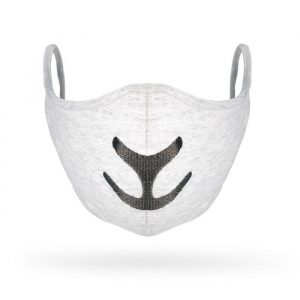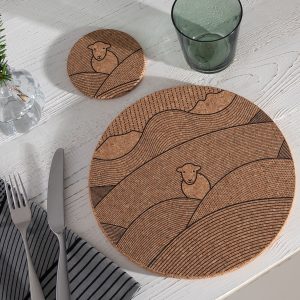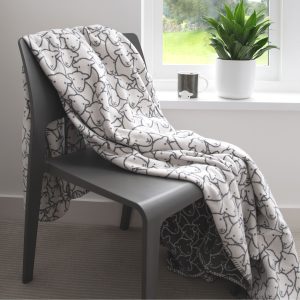There’s no doubt that the advent of the COVID-19 pandemic has meant necessary changes to how we all live. From practising 2m social distancing, regular hand washing, to remote working/home schooling, everyone is trying their best to adjust to new behaviours. One of the more obvious visual changes to daily life is the mass-adoption of face masks in public places. As a result lots of people are wondering: what is the best face mask? What face covering is most comfortable?
The Best Face Mask: Can A Face Covering Protect Me?
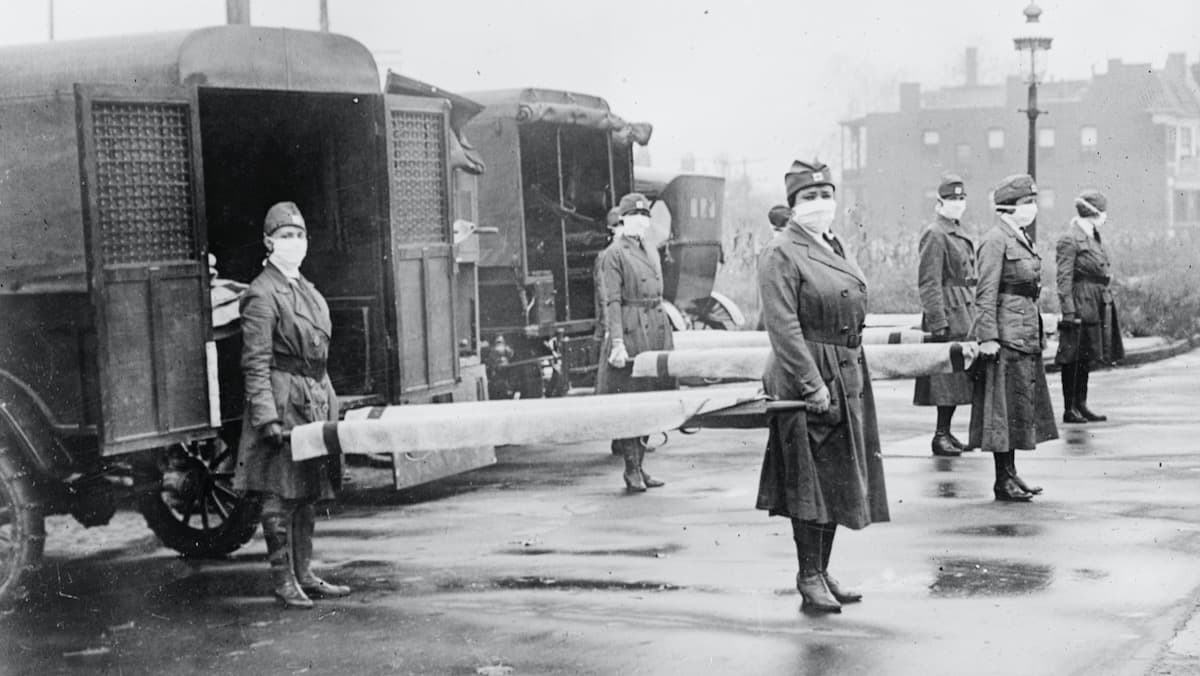
Face masks are not something new due to the COVID-19 pandemic.
Back in Roman times, famous author and philosopher—Pliny the Elder—recommended the use of animal bladders as a face covering to protect miners from breathing in lead oxides. Even further back, Jainist monks in India would routinely wear face coverings to prevent them accidentally inhaling insects as part of their daily practice of non-violence to all living creatures.
In more modern-day times cloth face masks and face coverings came into more regular use, especially in Asian countries, with the advent of the 1918 influenza pandemic (otherwise known, erroneously, as the “Spanish flu”) which, like the Covid pandemic, affected almost every country in the world.
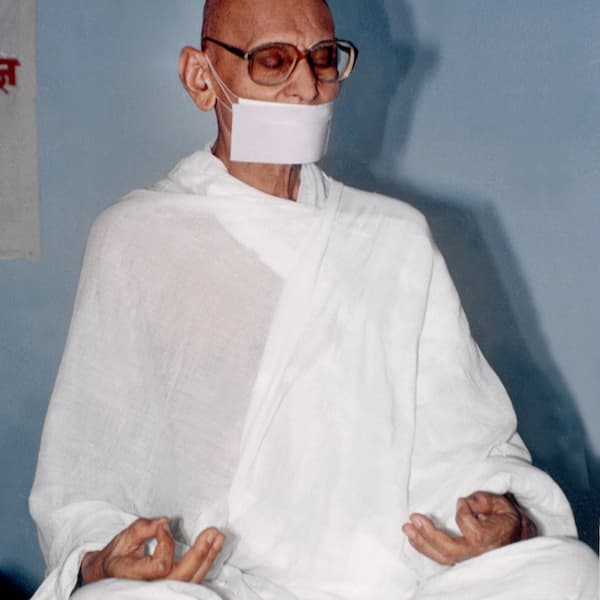
A few years later the Great Kanto Earthquake of 1923, in Japan, caused a raging inferno that destroyed around 600,000 homes and filled the air with smoke and ash for weeks. The Japanese population made use of their pandemic-era face masks as the air quality suffered. Another global flu epidemic in 1934 cemented the everyday use of face masks in Asian countries, especially during the “sick” months in winter.
From the 1950s Japan experienced a post-war economic “miracle”, seeing rapid industrialisation. This led to greater pollution levels, of course, but also a massive growth of the pollen-rich Japanese Cedar tree, which enjoyed the heightened levels of CO2. As a result, mask wearing went from a winter accessory to an almost year-round social consideration.
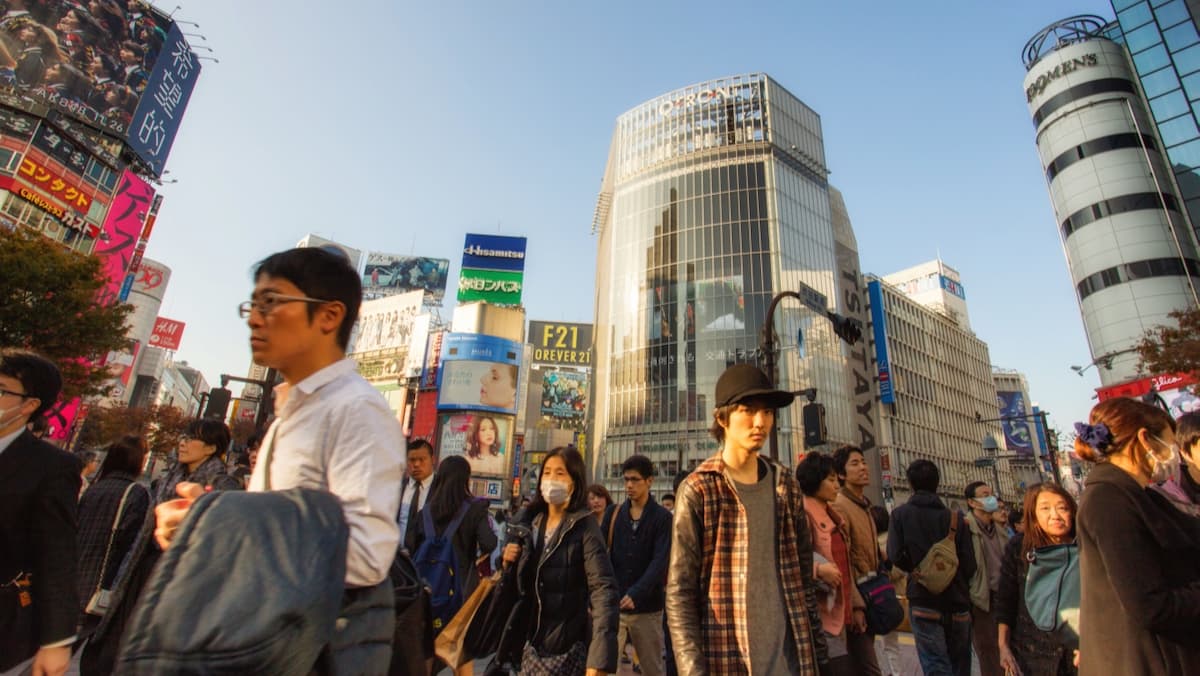
Japanese consumers spend $230 million on surgical masks each year, and nearby countries facing pollution increases, such as Korea, China, and India, have also adopted habitual mask wearing. Part of the ready acceptance of face mask wearing in East Asian countries also has to do with the traditional religious and cultural ideas around social responsibility and courtesy, especially from Taoism and Confucianism.
Is the best face mask and face coverings effective?
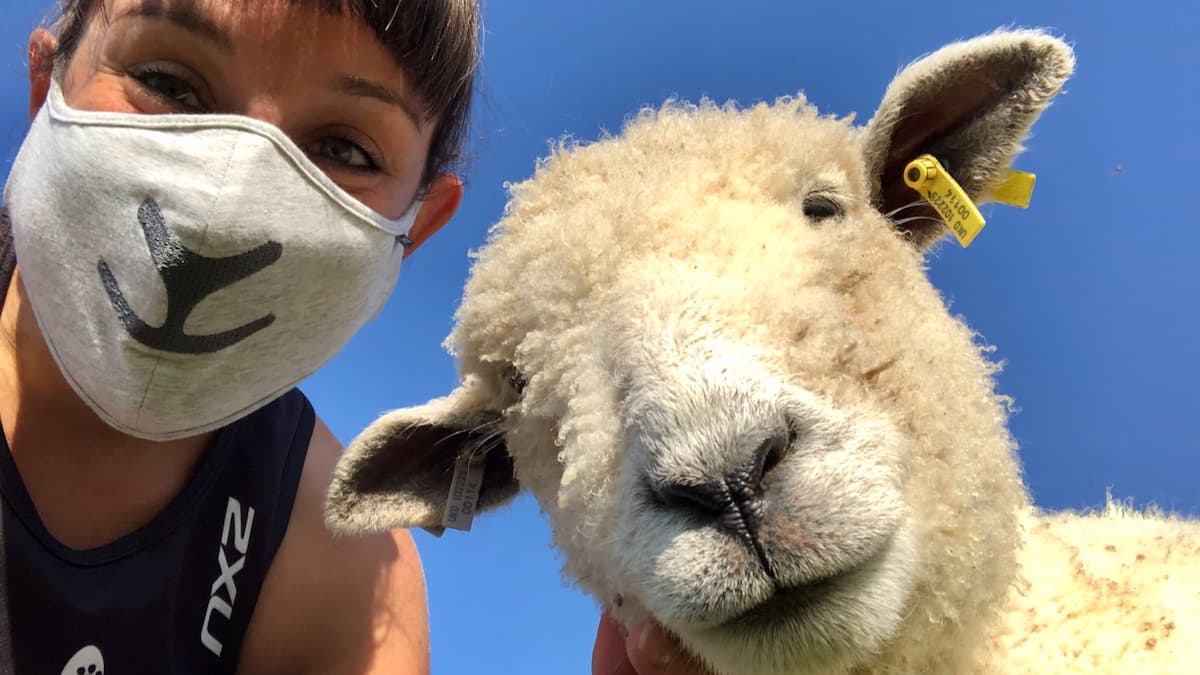
If worn properly, a mask is meant to help block large-particle droplets, splashes, sprays, or splatter that may contain viruses and bacteria.
Without a mask, saliva and respiratory excretions from coughs can travel up to 26 feet.
The World Health Organization recommends using masks with at least three layers of different materials.
Mask efficacy is indicated by the Filter Quality Factor known as “Q”. It’s based on both the filtration ability and breathability of the mask, with higher values being better. Experts recommend a Q-factor of three or higher.
| Name | Structure | Filter quality factor, Q |
|---|---|---|
| Polypropylene (surgical mask) | spunbound | 16.9 |
| Cotton (sweater) | knit | 7.6 |
| Cotton (t-shirt) | knit | 7.4 |
| Polyester (toddler wrap) | knit | 6.8 |
| Cotton (t-shirt) | woven | 5.4 |
| Cellulose (tissue paper) | bonded | 5.1 |
| Cellulose (paper towel) | bonded | 4.3 |
| Silk (napkin) | woven | 2.8 |
| Cotton (handkerchief) | woven | 0.48 |
| Cotton, gauze | woven | 0.47 |
| Nylon (exercise pants) | woven | 0.4 |
Data above courtesy of Wikipedia.
The filter efficiency of a mask or covering can be improved with multiple layers of material, a high weave density, and a mix of different types of fabrics. Cotton is the most commonly used material, and filter efficiencies can reach >80% for particles <300 nm with fabric combinations such as cotton-silk, cotton-chiffon, or cotton-flannel.
According to Smart Air Filters, homemade face masks and face coverings made from cotton t-shirts, pillowcases, or other cotton materials filter out approximately 50% of 0.2 micron particles, similar in size to the coronavirus. They are also easy to breathe through.
How does the Herdy Smile Face Mask compare?
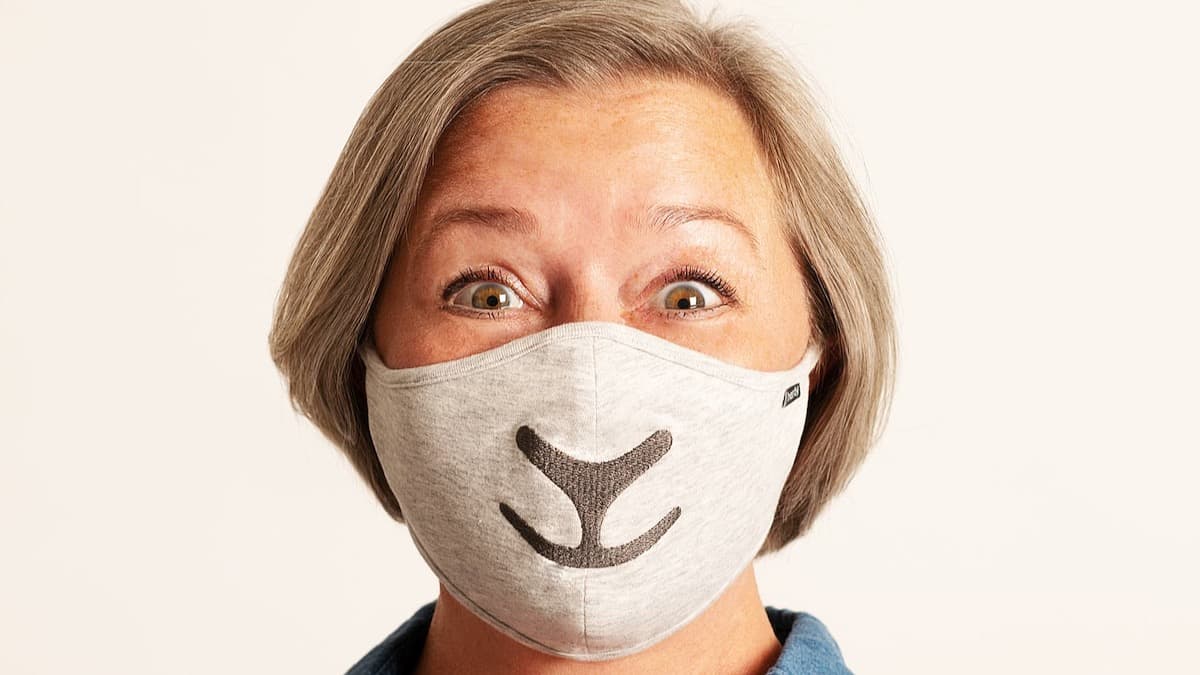
The Herdy Smile Face Mask is made from triple-layered 100% organic jersey cotton, contoured to fit your face.
The cotton fabric used is called double-knit jersey cotton, or interlock jersey. Two pieces of single-knit jersey are knitted together to create a smooth surface on both sides (single-knit jersey is smooth on one side with loops on the other). This smooth surface makes it super comfy to wear against the skin.
It is also shaped to fit the contours of your face, unlike a square/rectangular mask. It doesn’t ride up into your eyes or slip up your chin. Plus, the earloops are also made from the same cotton, which are much friendlier on the sensitive skin around your ears.
Disclaimer: Please bear in mind: we are not medical experts and the information set out in this blog post does not constitute official medical advice. Where possible we’ve cited reports, publications, and guidelines from official scientific and medical bodies, and invite you to follow through on these official sources.
Ewe are never fully dressed without a smile
Did ewe know about the history of the face covering? Let's have a chat in the comments below; you can also join the flock on our Facebook, Twitter, or Instagram, and also email us.

